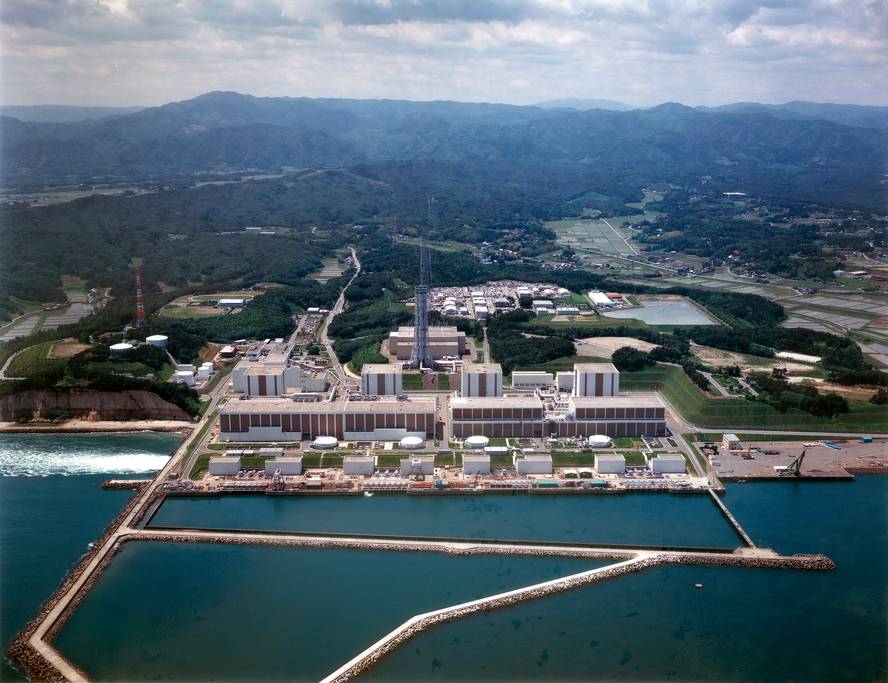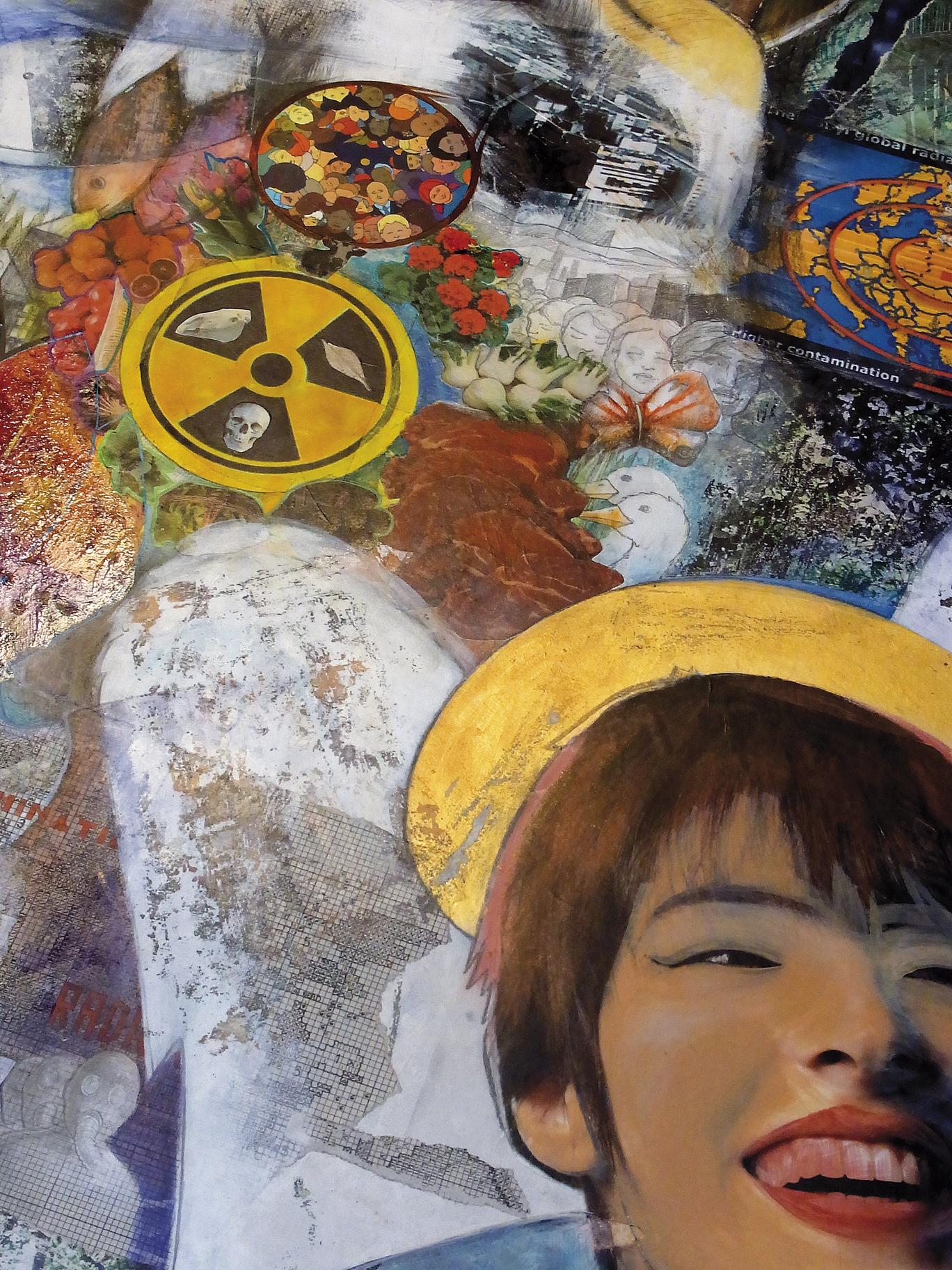Some experts point out that the discharge of Fukushima water poses no significant risks
2023/10/11 Etxebeste Aduriz, Egoitz - Elhuyar Zientzia Iturria: Elhuyar aldizkaria

Radiation and nuclear safety experts point out that the radioactive water being poured from the Fukushima Daiichi nuclear plant is not a significant threat either to marine living beings or to people. This has been pointed out in a study published in the journal Science.
Twelve years after the Fukushima disaster in 2011, radioactive water in tanks has begun to pour into the sea, which has raised concerns about environmental safety and public health.
Tritium, with low radiotoxicity against other radionuclides, is the main radioactive contaminant of the wastewater. Indeed, other nuclear facilities around the world also emit tritium into the sea, where, according to experts, there are no significant environmental effects either.
Considering the concern of the issue, Fukushima is dumping water well below safety limits, very slowly and diluted 100 times earlier. Thus, the tritium level in wastewater is 2.5 per cent of the limit set by the Japanese Government and the levels of other radionuclides are below 1 per cent of the limits set. It is estimated that the discharge time of all water will be 30 years.
The International Atomic Energy Agency (EEA) monitors and verifies the emission process to ensure compliance with radiation limits. And the initial reports indicate that the tritium level is very low near the release zone and that no tritium has been detected in the fish in the area.
Thus, experts have concluded that, if properly monitored, the planned discharge of radioactive water from Fukushima does not pose a real threat to public health or the environment. They also stress that excessive concerns can unfairly harm the local fishing industry.

Gai honi buruzko eduki gehiago
Elhuyarrek garatutako teknologia





